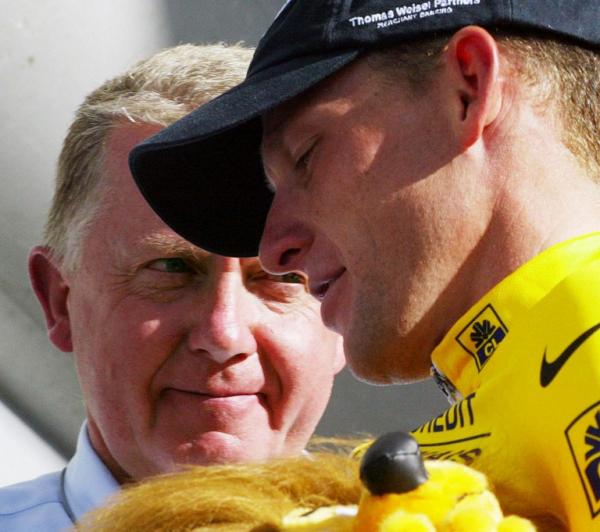Armstrong's 2001 sample was suspect but not positive, says head of Lausanne lab
American also returned suspicious test at 2002 Dauphiné



Lance Armstrong provided a suspicious doping control at the 2001 Tour de Suisse but did not test positive for EPO, according to Martial Saugy, the director of the Lausanne laboratory which carried out the tests.
Floyd Landis and Tyler Hamilton both testified to the US Anti-Doping Agency that Armstrong had told them that he had tested positive in Switzerland in 2001 but that the UCI had covered up the result. The UCI has denied any such collusion.
Speaking to AFP, Saugy said that Armstrong did not test positive for EPO but his sample was one of the three from the race to be flagged as “suspect." As an "important competitor," Armstrong was called before the UCI to provide an explanation. Armstrong returned another such suspect sample at the Dauphiné Liberé in 2002, which was analysed by a different laboratory.
“There was no positive test on the Tour of Switzerland in 2001,” Saugy told AFP. “Armstrong had another suspect result during the 2002 Dauphiné Liberé. The politics of the UCI at that time, if there was such a result involving an important competitor, was to meet them and ask for an explanation. That was their approach to prevention.”
Saugy said that it was only in 2002 that he realised that Armstrong had been among the riders who had returned a suspect sample at the Tour de Suisse.
“The UCI said to me at the end of June 2002: 'we warned the rider for whom you had a suspect result in 2001, he gave another suspect return at another lab and he would like to know by which method it was tested,'” Saugy said. "The rider was Armstrong. It was then that I learned about it."
Saugy also noted that while Armstrong’s sample from the 2001 Tour de Suisse was suspicious, from a legal standpoint, it would be difficult for USADA to consider it as a positive test.
The latest race content, interviews, features, reviews and expert buying guides, direct to your inbox!
“There's no way today that this could be defended as a positive result, it's impossible," he said. "Since 2003, procedures oblige taking into account the risks of a false-positive which could verify that urine had not been affected by the physiology of the cyclist or degraded by bacteria.
"This was not done at the time and the urine no longer exists because the rules did not require keeping it."
